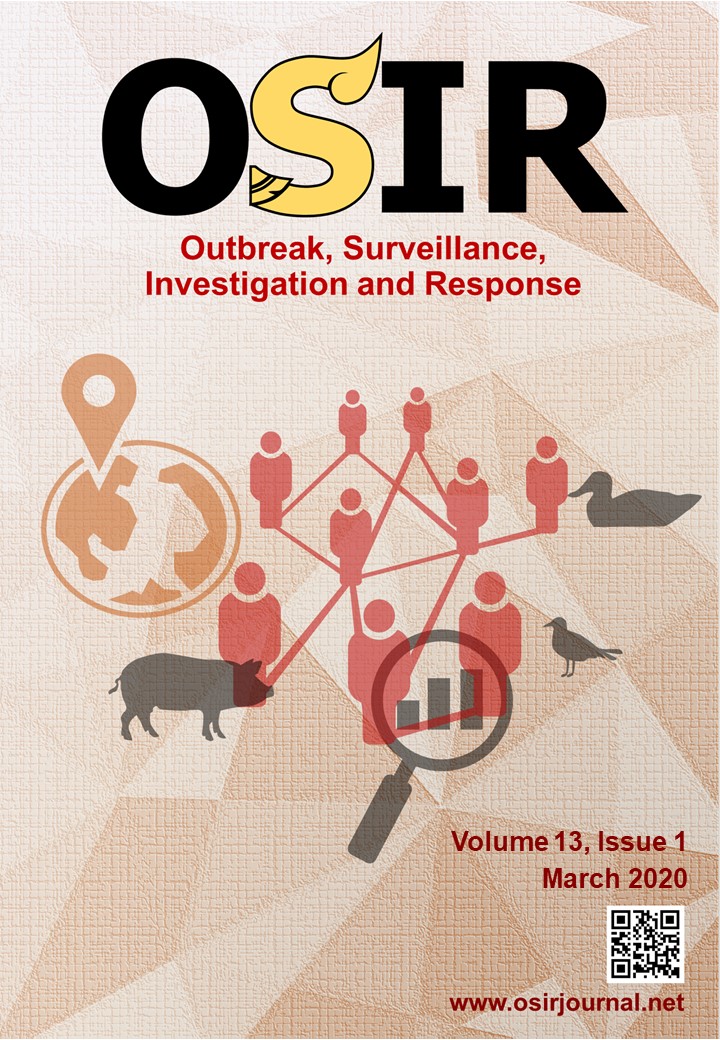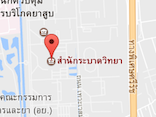Predicting Blood Lead Levels among Children Living in Households Making Fishing Nets with Lead Weights in Phuket and Phang Nga Provinces
Main Article Content
Abstract
This study aimed to validate the Integrated Exposure Uptake Biokinetic (IEUBK) model, the computed risk assessment tool, by comparing the predicted blood lead levels and the observed one among children aged 1-7 years old in households making fishing nets, and to develop a predictive model based on environmental lead level in Phuket and Phang Nga Provinces, in the South of Thailand. We identified children in households, which made fishing nets and participated in the Office Disease Prevention and Control 11 Blood Lead Levels Surveillance System (BLLSS). We collected blood lead information, surveillance address and samples from the environment such as soil, water and dust. We calculated the predicted value by using IEUBK program and the site-specific model and compared with observed value to calculate Mean Absolute Error (MAE) and Mean Absolute Percent Error (MAPE). Forty children from different households were recruited. Geometric mean observed blood lead level was 7.6 µg/dL. We found 45% of households with excess lead in surface dust, and 19% in water. The MAE and MAPE of IEUBK model revealed a substantial difference between the observed and predicted values. The site-specific model, including soil, dust in the bed and workwear as predictive variables, had more accuracy predictive capacity. However further study of the IEUBK in other scenarios is needed.
Keywords: child, lead, Thailand
Article in English


